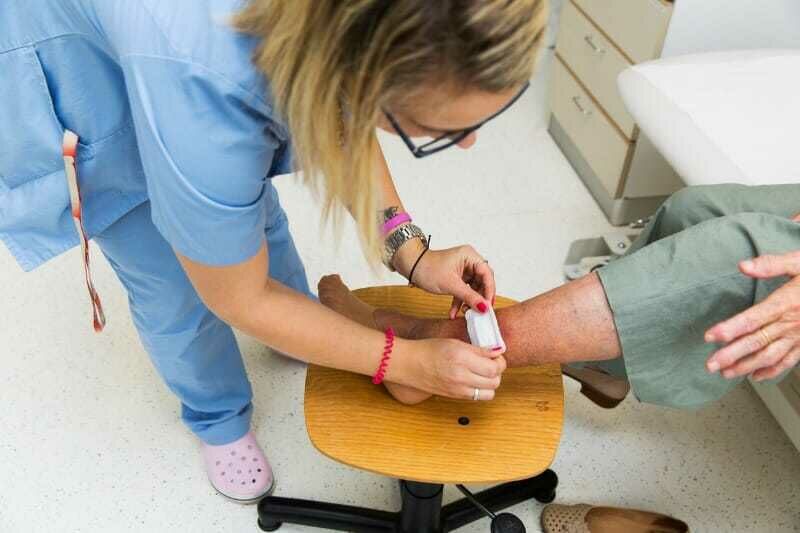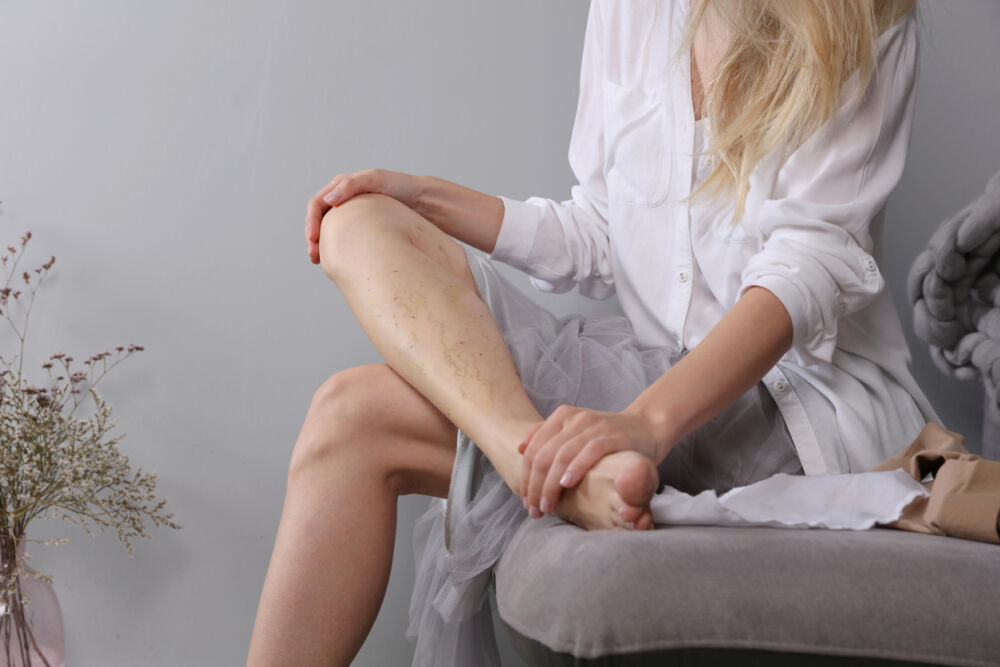Bulging veins aren’t the only signs of vein disease. If you notice these symptoms, it could be because your veins aren’t working properly.
Varicose veins don’t always come with visible symptoms. When people think of varicose veins, they correctly think of noticeable bulging knots of blue and purple on their legs or feet. However, vein disease may not necessarily always come with obvious physical signs. Instead, the symptoms of malfunctioning veins are sometimes hidden within your legs. Still, you’ll nevertheless feel many symptoms that you might not associate with vein disease.
Venous insufficiency — the broad term for varicose veins and other vein disorders — refers to improper blood flow in the leg veins. It can show up in different ways besides visible varicose veins. Here’s why: Inside each vein are small one-way valves that work to ensure blood flows back to the heart. Due to a number of conditions or aging, these valves lose their elasticity over time, causing blood to “pool” or collect within the vein. This leads to a build-up of blood that eventually swells the vein. The condition, called statis, can lead to a host of other distinct symptoms with or without the visible sign of a varicose veins.
The 8 Hidden Symptoms of Varicose Veins
Many people think varicose veins are merely a cosmetic issue and thus do not pursue treatment. Or, they may see the varicose veins and disregard them because they do not experience any other outward symptoms. But vein disease is a potentially serious vascular condition that could lead to more distressing health issues if left untreated. Further, the symptoms of varicose veins can interfere significantly with your quality of life.
Bottom line: if you experience any of these symptoms — even without a visible sign of a varicose vein — consult a vein specialist immediately.
Pain. Perhaps the most common symptom of vein disease is achy or discomfort in the lower legs. If you feel pain or soreness in your legs after walking a short distance, it could be due to venous insufficiency.
Swelling. When blood builds up in your vein, fluid may leak to the surrounding skin, leading to swelling. Even if you don’t see significant swelling, your skin may feel tight, or you may see a deep indentation in your skin after taking off your socks or shoes. Carrying around that extra fluid also causes a feeling of heaviness in the legs.
Cramping. Varicose veins may block the delivery of oxygen and nutrients to your muscles. When that happens, your legs will cramp up, especially at night.
Restless Leg Syndrome. Restless leg syndrome (RLS) is a condition marked by cramping, tingling, and itching that increases at night when you're trying to sleep. To resolve the symptoms, you’ll shift your position in bed, but that may not help. Although RLS can have several causes, studies have shown that it's related to vein disease in many cases.
Itching. Over time, venous insufficiency causes changes to your skin. Persistent dry, itchy skin that doesn’t respond to lotions could be the result of vein disease. If left untreated, your skin may thin and break to the point where open sores form. These slow-healing wounds can become infected and are difficult to treat in later stages.
Blood Clots. As blood stagnates in the veins, the risk of developing blood clots rises.If the clot forms in a superficial vein, it doesn’t pose a major health risk. However, a clot in a deep vein could be potentially dangerous if it breaks away and lodges in the lung. Recent studies have indicated a link between varicose veins and a type of serious blood clot known as deep vein thrombosis (DVT). Blood clots are treated with blood thinners, vena cava filters, and other treatment options.
Tingling. Sometimes, the collection of blood in the vein damages the nerves, leading to tingling sensations. You may feel “pins and needles” in your legs, or your legs may “fall asleep” easily.
Throbbing. A constant and unexplained throbbing or aching sensation in your legs could be a sign of vein disease. Although not always present with venous insufficiency, an ultrasound exam can determine if the throbbing results from poorly functioning veins.
To prevent vein disease, you can exercise regularly, lose weight, eat a balanced diet, and avoid sitting or standing for long periods. But if you experience any unusual leg symptoms, a vein specialist can check whether you have an underlying vein disorder. Your doctor will likely first recommend at-home remedies such as wearing compression stockings, staying active, and elevating your legs to combat the symptoms.
Your vein doctor may recommend one of several minimally invasive surgical procedures to eliminate varicose veins. The most common procedures include sclerotherapy, which uses a safe solution injected into the vein to collapse it, and thermal heat ablation. During thermal heat ablation, heat from a laser or high-frequency radio waves is pulsed into the vein, causing it to close. The blood then diverts to healthier veins. During ambulatory phlebectomy, the vein doctor removes the bulging vein through two tiny incisions. These procedures are newer innovations that have been proven safe and effective in reducing the discomfort and appearance of varicose veins.
What About Your Leg Pains?
Don’t ignore leg pain, swelling, itchy, or restlessness. They could signal a serious vein problem that requires treatment. Fortunately, Center for Vein Restoration operates two clinics in the Austin, Texas area for residents of central Texas. Both offices are led by Dr. Aditay Gupta who is certified in Internal Medicine, Venous and Lymphatic Medicine, and Vascular Interpretation. He will discuss your treatment options and develop a plan to free you from the pain of varicose veins. Contact him today for a consultation.
7900 Farm to Market Road 1826
Building 1, Suite 170
Austin, TX 78737
11111 Research Boulevard
Suite 400
Austin, Texas 78759
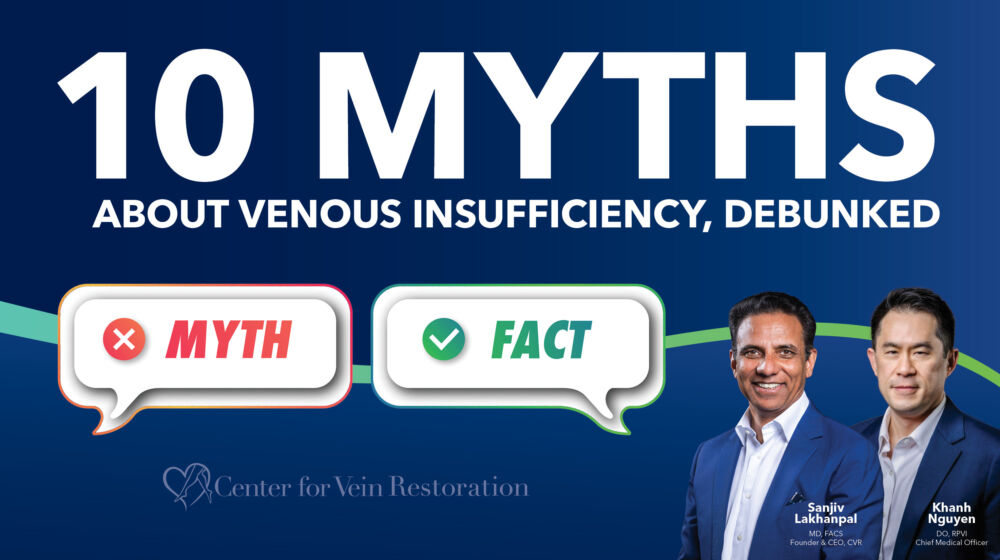
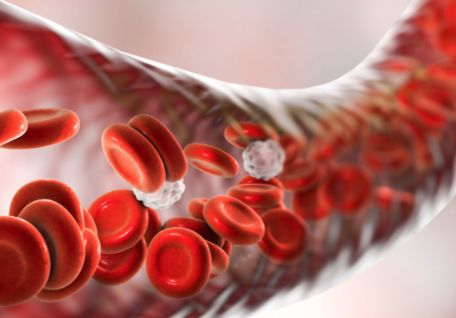 About Vein Disease
About Vein Disease
 Spider Veins
Spider Veins
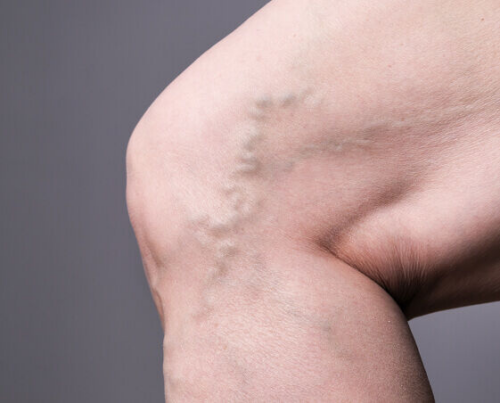 Varicose Veins
Varicose Veins
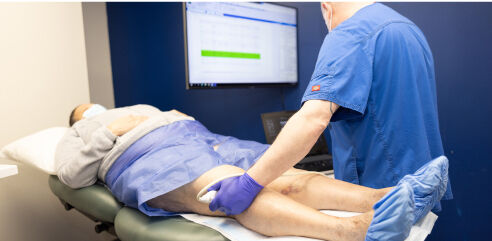 Vein Disease Treatments
Vein Disease Treatments
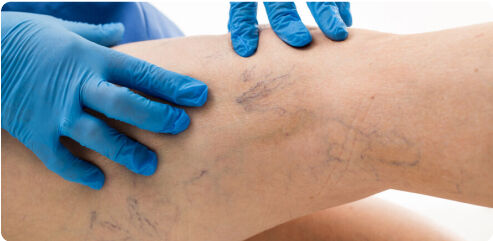 Treating Spider Veins
Treating Spider Veins
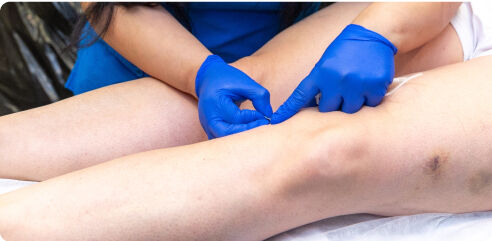 Treating Varicose Veins
Treating Varicose Veins
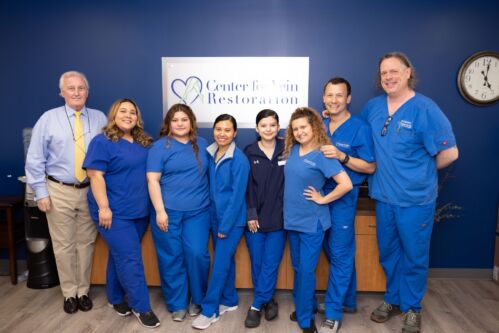 About Us
About Us
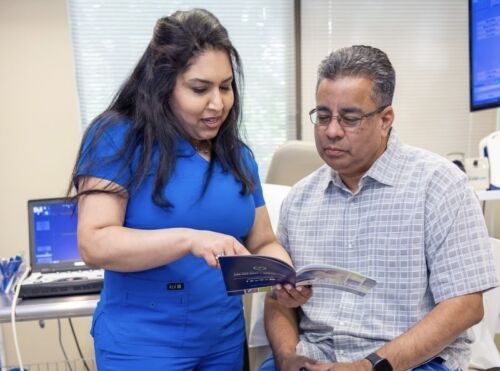 Patient Resources
Patient Resources
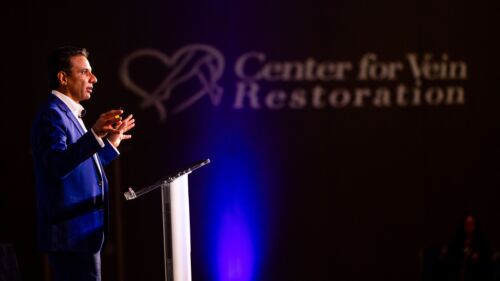 Physician Resources
Physician Resources

